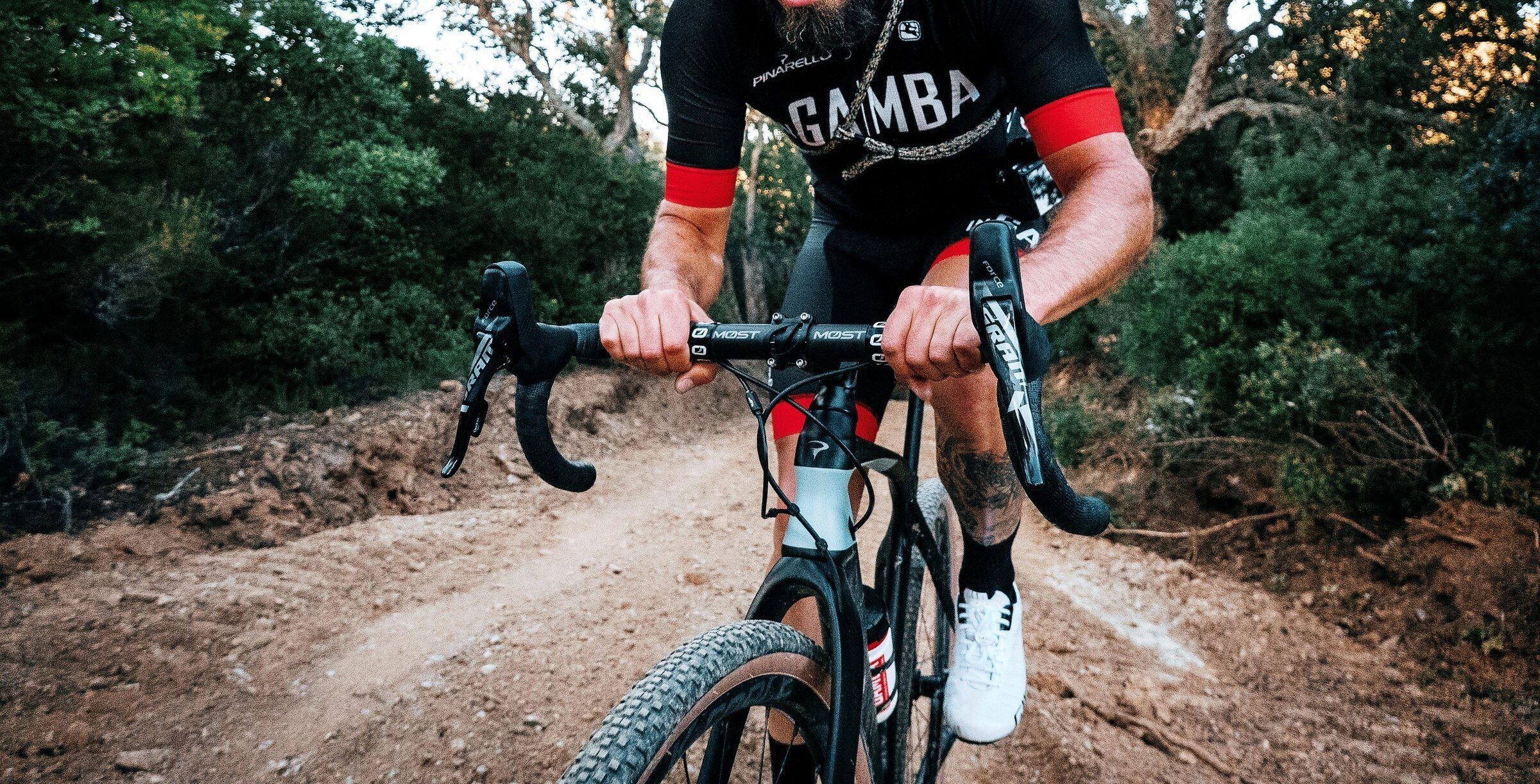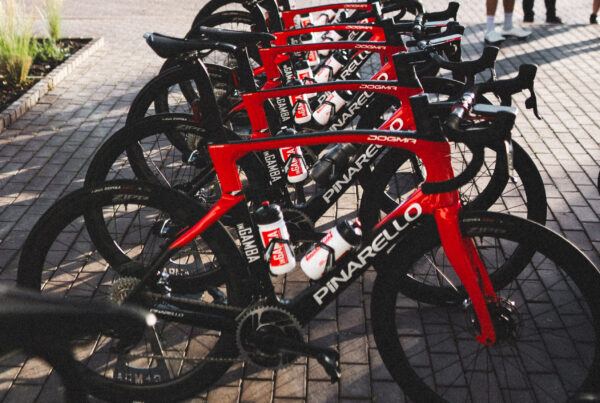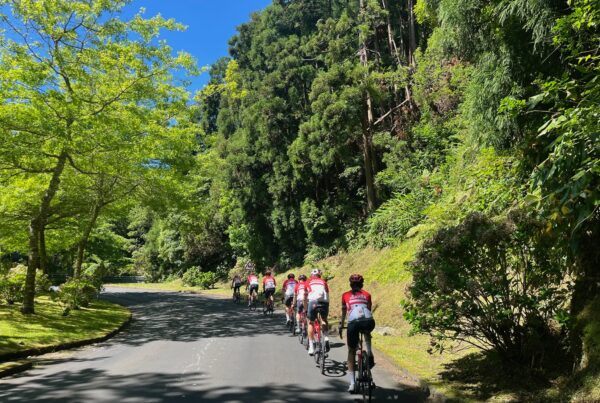Ask a group of riders what they want in a road bike, and in general, you’ll find consensus. It should strike a balance between lightness and stiffness, and at least some consideration should be given to aerodynamics. There’s still some debate on rim vs. disc brakes (spoiler alert: The discs will win), and personal preference comes into play with things like rim depth and tyre size, but if you go to a local group ride or the startline of a granfondo, by and large the bikes will look the same, at least to the average Joe. Not so with gravel.
The gravel world is a broad church, full of different geometry options and arguments about the right wheel size. It’s not unheard of to put suspension on a gravel bike… there are even weird double-decker handlebars out there.
Part of that is to do with its newness; gravel hasn’t been around long enough for it to be pinned down and confined. And part of it has to do with the fact that gravel means different things to different people. Dirt roads in the US are not the same as those we tackle on our Strade Bianche trip. You might want a bike that can handle single track and some overnight camping, or you could like in a region where the beat-up old back roads would rattle your fillings out on a finely-tuned racer.
So gravel doesn’t have to mean gravel, it just means “go anywhere.” And that’s the single best thing about it – the freedom it promises. It’s an opportunity to get creative (Mullet Bike, anyone?) and broaden your horizons, and hey, that’s what inGamba is all about.
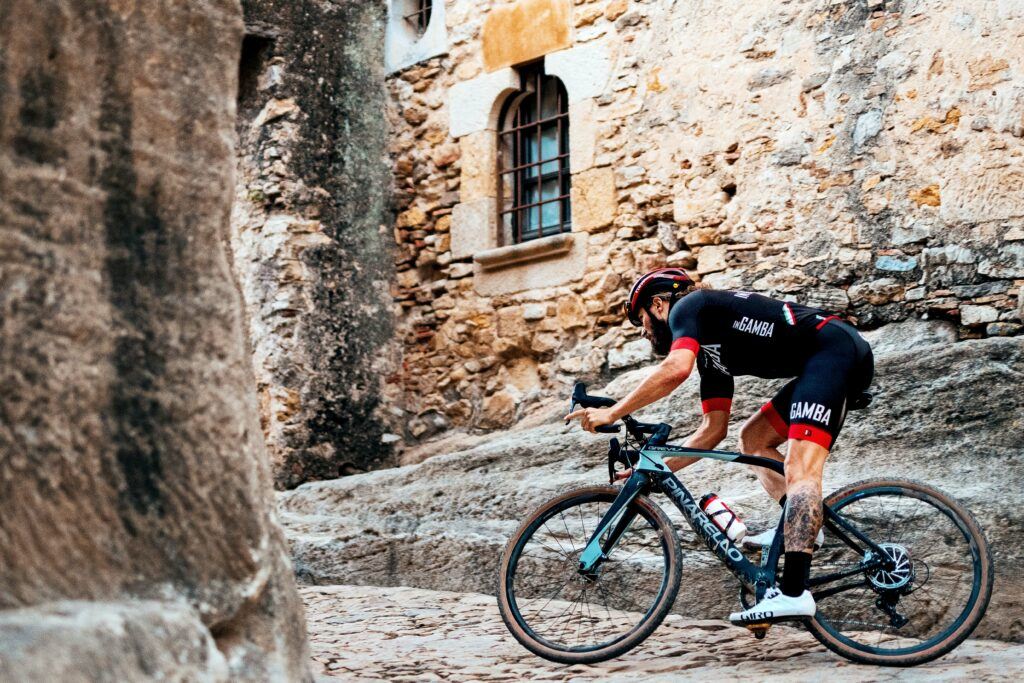
We’ve been loving the Pinarello Grevil since we first got our hands on an early prototype in 2018, so we thought it was time to catch up with the brains behind this beast and find out what it’s all about. Manuel Bottazzo is one of the bike industry’s most respected designers and he’s responsible for the look and feel of all things Pinarello since the 90s (You can read an earlier interview we did with him here).
Pinarello is probably best known as a maker of road bikes and for its association with road racing. How did the idea for the Grevil come about?
I don’t think that’s true, actually. Pinarello has a great tradition in the world of cyclocross too, and if we’re honest, that’s really just gravel cycling with a different name!
We’ve had national and world champions riding Pinarellos and I can assure you, those bikes flew over the mud just as well as our road bikes handle pavement. So when gravel became a really fast-growing segment in cycling, our engineers had no problem adapting to the different geometries and wheel clearances. It was simply a matter of giving a new character to a discipline that we already knew very well.
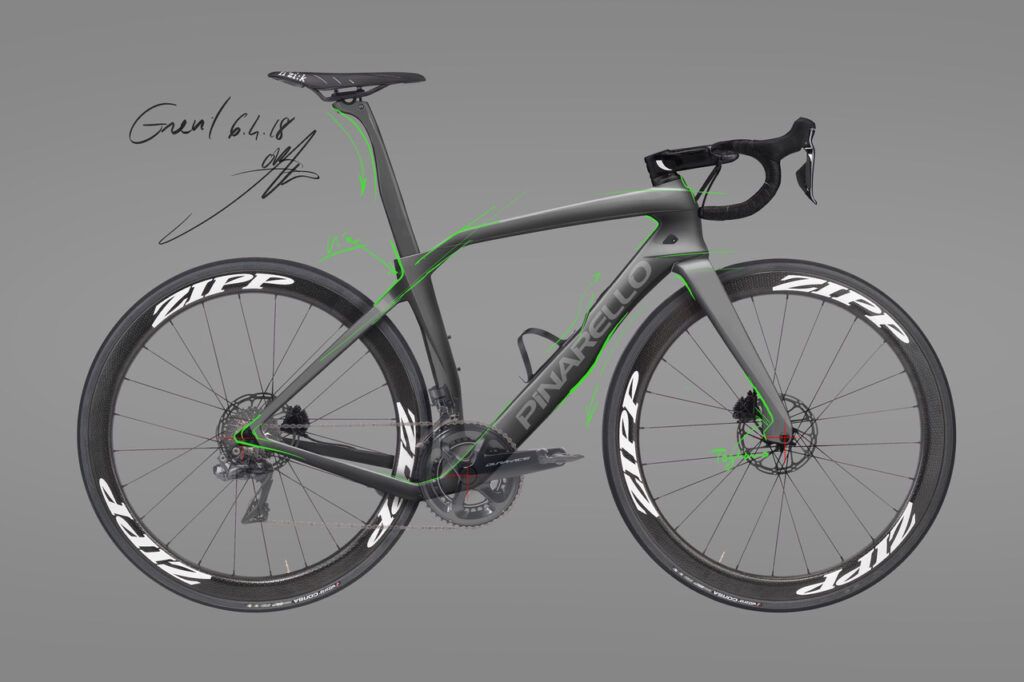
Are you excited about the gravel movement in general?
A lot of cyclists where I live only use these kinds of bikes now, and when I ride with them, fun is always guaranteed. I think it’s a new discipline that’s bringing many people closer to cycling. There are new riders coming to the sport, events and races springing up everywhere, there are initiatives to get people involved and it’s more inclusive – this is the best thing about gravel in my opinion.
As a designer, what was your biggest objective with the Grevil?
You know, the first step is just to read up a little, go online, look at what everyone else is doing. Then you have to talk to the shops, and to normal riders, and the thing I realised pretty quickly was that our gravel bike could not just be like the others, it had to be different. Pinarello is all about the “racing spirit.” It’s unimaginable for me to design a Pinarello with round tubes and a retro soul, like so many of our competitors.
I imagined an F12 rider who also wanted to explore the gravel world, and I went from there. In my mind, the bike was a “Gravel Dogma,” it needed to be distinctly Pinarello, something that really captured the imagination. It had to be a proper gravel bike, but with that racing spirit, oriented to speed, a bike that took to unpaved roads with the same power and authority that the Dogma F12 takes to tarmac.
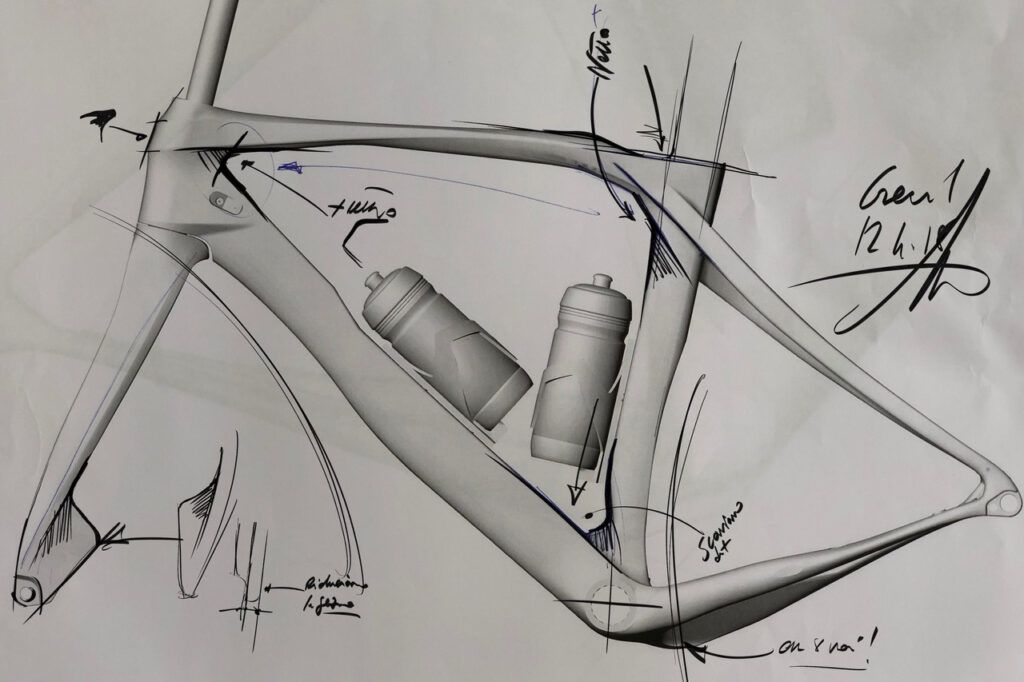
So you wanted to go your own way? That’s quite fitting for a bike like the Grevil.
Once I started to draw, I had to forget what the others had done. I looked at our brand and the bikes that had come before. It was all about respecting the requirements of gravel – it had to be comfortable on rough terrain and allow for bigger tyres – without losing sight of the Pinarello DNA.
I wanted sharp, strong lines, a silhouette that seems to project the bike forward. It’s a bike that bites the road, that’s the way I like it. Then it was time to baptize her, and here too, I wanted it to be different. Grevil is a play on words, messing with the syllables “gr-avel” and “gr-evil,” to give the idea that this bike can just dominate the hell out of whatever you throw at it. That’s why we even put a motto on the frame, to remind you that this bike goes “Full gas everywhere.”
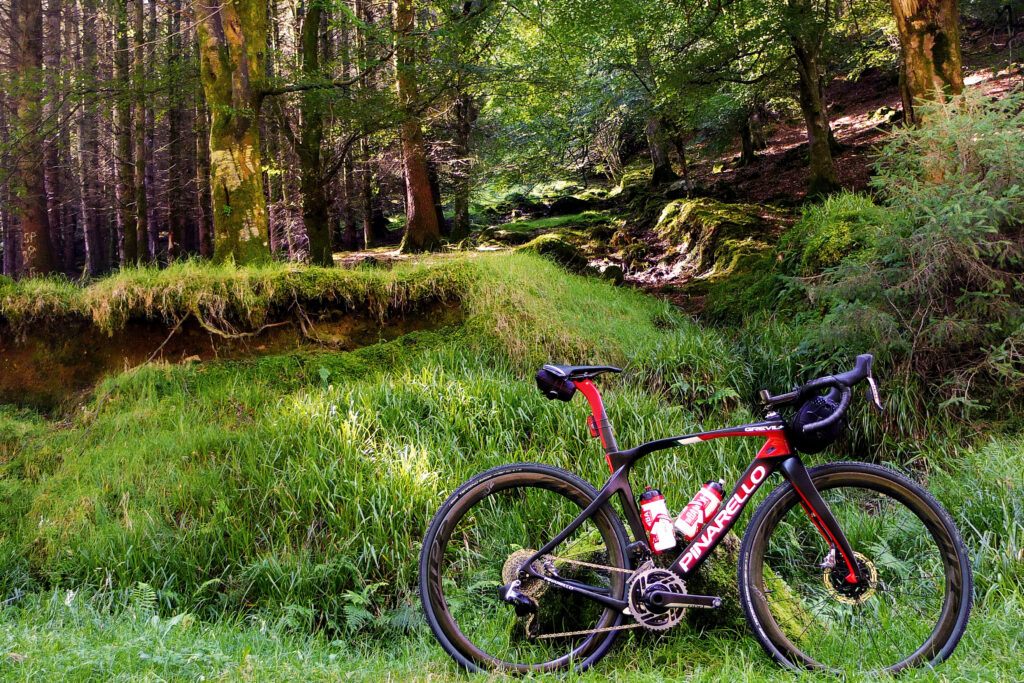
What do you think about the idea of a “quiver killer” bike that’s become so popular in recent years? Does the Grevil work as a road bike too?
Absolutely, yes. You can ride the Grevil wherever you like, it’s a wonderful all-terrain bike. It was designed primarily for off-road though, with flat rear stays for comfort on rough surfaces and a wide fork that can take any tyre up to 47mm, so the handling is obviously different to an F12.
Thanks to the Grevil, I’ve changed my way of riding. Before, when it rained or the weather was bad, I didn’t go out because I didn’t want to take risks on the road, but now I just take the Grevil, hit the embankment down by the river or find some dirt roads in the woods, and I can still find that pleasure of riding fast, just on different terrain.
I’d put it like this: The Dogma F12 is the spirit of road cycling, and for me, the Grevil is the Dogma of off road. They are two very different bikes, united by the unique Pinarello DNA. The secret is that you should own them both!
–
We have two Strade Bianche trips in 2021, March 01 – 08 and March 05 – 12.
